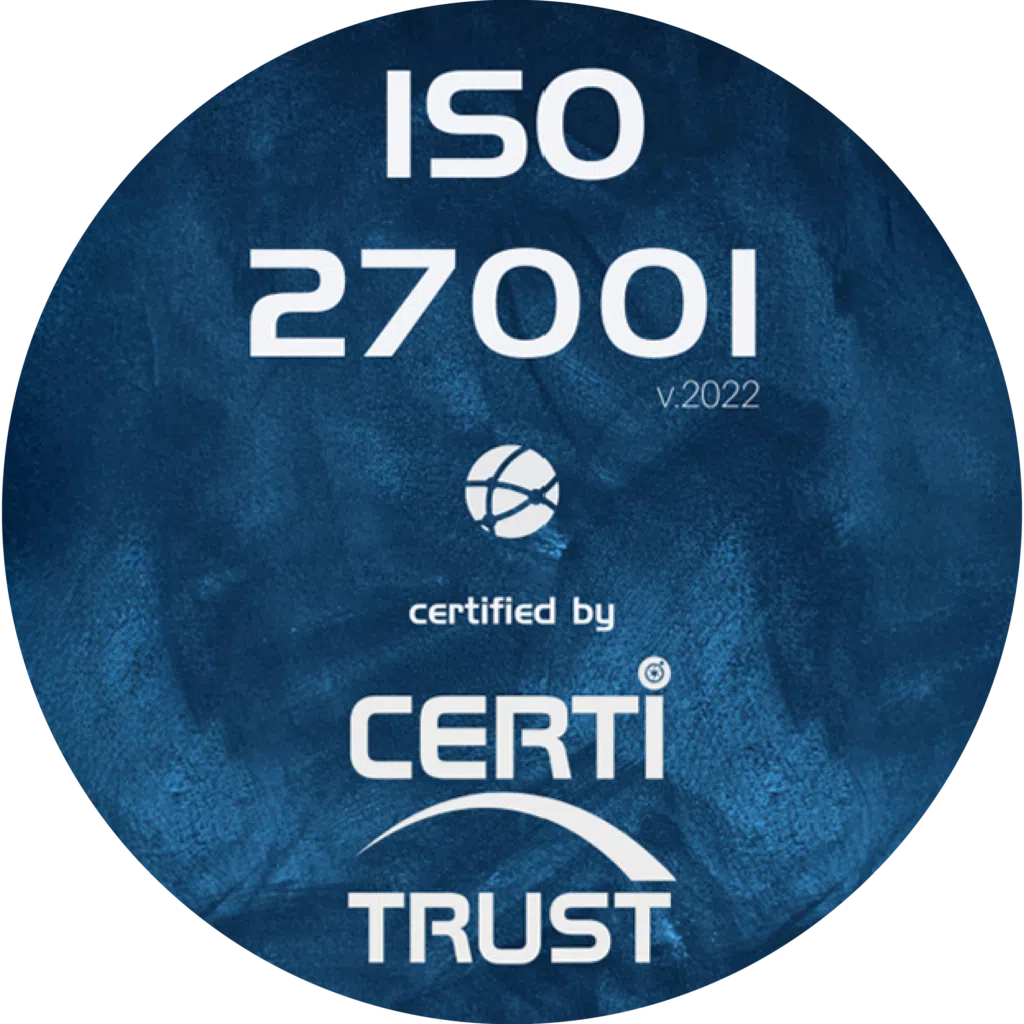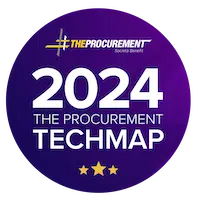Most companies find it difficult to control costs and expenditure. In an economic or health crisis, controlling them becomes a major challenge. It is therefore important to know the right methods for perfecting these business spend management processes. In this article, you’ll find out about the best practices for managing these issues and optimising your organisation’s spend management.
What is spend management?
Spend management is a purchasing management tool that involves administering the financial management associated with the creation of a company’s products and services. In general, this approach encompasses different processes such asprocurement, subcontracting, order management and stock management. In other words, spend management rationalises indirect expenditure in each of the company’s departments.
A company that adopts spend management can discover new avenues for development thanks to the savings generated, and implement a cost reduction process. In fact, most of the time, expenditure is incurred in a non-compliant manner, i.e. in a way that is not authorised or not included in the negotiated contracts.
Spend management must be cross-functional, and must be included in all the company’s purchase requisitions and orders. It then associates these requests with the product catalogue vouchers relating to the negotiated agreements and the procurement process in force. Its main objective is to manage the expense categories of each internal order or purchase and to ensure that it complies with company rules: supplier contracts, budgets and appropriate project or analytical codes.


The benefits of controlling expenditure
Having an overview of your company’s total expenditure is essential if you are to control it more effectively. Like management control, business spend management can have a considerable impact on the decisions taken by senior management. This solution offers a number of advantages:
- Optimum visibility of purchasing management and the budgets used
- Reduced risk and lower procurement-related costs
- More effective collaboration
- Greater efficiency and productivity through automation
- Anticipation of unforeseen events
Your purchasing function benefits from real-time performance indicators to help it achieve its performance objectives.
The methods to adopt for effective spend management
Good control of expenditure in purchasing and spend management requires a precise and effective plan. Discover the best practices for achieving these objectives:
-
Digitising processes
Spend management and cost control must be achieved through digitisation or the adoption of new technologies, whether for the purchasing, supply, invoicing, payment or supplier management processes. After that, it is important to centralise these functions in a single management tool available in the cloud.
This is the only way to guarantee rapid processing. In fact, you have direct access to all the data linked to expenditure, and you can monitor and analyse it easily in all the company’s departments. It should be noted that some data may be delicate or sensitive. Guaranteeing the level of confidentiality during processing and sorting is therefore essential. Using management software is an effective way of centralising expenditure data and giving the various departments access to the information they need via an ergonomic interface.
-
Defining sources of expenditure and categorising expenses
In general, the categories of expenditure within a company are heterogeneous and diverse. Bringing these parameters together and interpreting them should not be overlooked, and can be of strategic interest when it comes to optimising your supply chain costs, for example. With a digital tool, it’s easier to synthesise data, usually by automating and compiling it. As well as taking stock, this process can reduce or even eliminate the risk of duplication. The next step is to categorise expenditure so as to highlight the company’s real needs. This can be done with the help of a purchasing map, and forms part of your purchasing policy.
-
Data analysis
The data collected and categorised is then analysed to identify not only recurring expenditure, but also the various gaps and anomalies. This process also makes it possible to define the share of each area of expenditure. It is possible to delegate this operation to an Artificial Intelligence (AI) tool, the result will be more precise and more efficient. Or you can opt for management solutions with dashboards.
-
Implementing an optimisation strategy
Once you’ve analysed the data, it’s a good idea to put the right strategy in place to optimise your purchases or streamline your business expenses. This is often followed by a series of changes and transformations. For the good of your organisation and to stay one step ahead of your competitors.
Spend management is often seen as a way of cutting costs, but it also aims to ensure that expenditure is in line with predefined budgets. Whatever the company’s organisation and objective, spend management is an essential process and a strategic issue. Purchasing management software is the best way to ensure that data is collected, consolidated and analysed in a single solution. Weproc meets this criterion perfectly, and has demonstrated its ability to improve spend management for companies that place their trust in it. Weproc is more than just a digital tool: it’s a permanent decision-making aid that guarantees a company’s financial health, ensuring its stability and viability.
Want to learn more about our Weproc procurement management software?
Contact us or request your 15-minute demo below!








